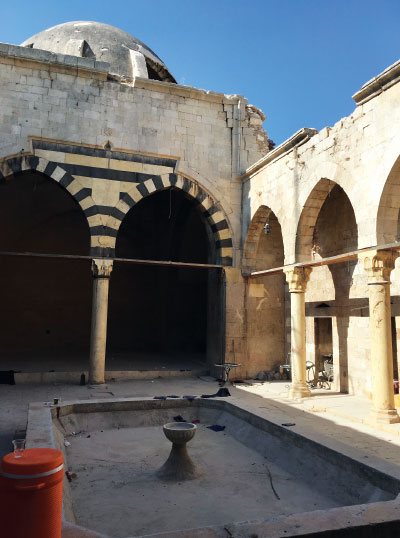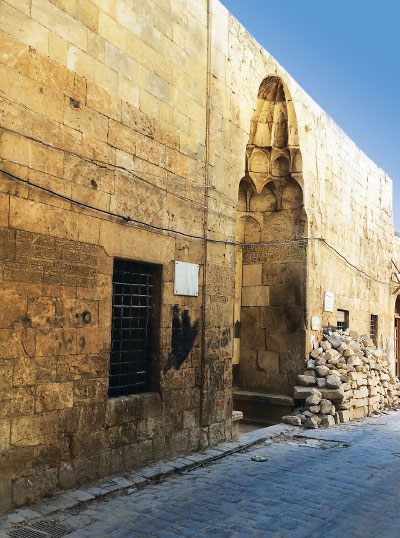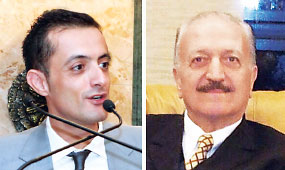A millennial city in a violence-prone part of the world should have been the victim of most types of destruction by the 21st century. Still, the battles, chlorine attacks, and cluster bombs that besieged Aleppo between July 2012 and December 2016 brought unprecedented devastation. By the time the Battle of Aleppo was over, more than 31,000 people had died, and 90% of the old city, a world heritage site, was completely destroyed or severely damaged. Amazingly, Aleppo’s Bimaristan Arghun, a former mental hospital and a landmark of medieval asylum architecture, proved to be a survivor.
For medieval Europe, supernatural forces often explained disease, rendering clinical intervention somewhat futile. Saving the soul was the primary objective, not curing the body. This period roughly coincided with a golden age, of sorts, for medicine in the Middle East, spurred by the translation into Arabic of Galen’s medical texts and other forgotten Greek scholarship. This rediscovery largely happened outside the constraints of religion, contributing to a theory of medicine that emphasized physical causation and the provision of treatment in spaces that were conducive to well-being. The concept of “bimaristan,” an amalgamation of the Persian words for “asylum” and “sick,” was born.
The first of many medieval hospitals with functions that would be recognizable today was built in Baghdad in 805. The typical bimaristan was subdivided into specialized departments for mental illnesses, systemic diseases, and surgery. Larger bimaristans contained a library, pharmacy, teaching space, performance area, and hammam, or bath.
Among the longest-serving and best-preserved was Bimaristan Arghun, built in Aleppo in 1354 by Arghun al-Kamili, the city’s governor. The main entrance, through a honeycombed portal on the building’s west side, led into a central rectangular courtyard that had a well, fountain, and two iwans (halls closed on three sides with one side open to the courtyard). The capitals of the columns flanking the courtyard rested on wooden beams, an engineering detail intended to strengthen the edifice against earthquakes. This section of the hospital included waiting rooms, an outpatient clinic, and a pharmacy. From a corner of the central courtyard, vaulted passageways led to small rectangular, octagonal, and square courtyards, each with a central fountain surrounded by patient rooms, forming three independent “wings.” One wing could be locked to isolate patients with contagious diseases, and another was secured with barred windows and housed patients with mental illness.
Acoustics were central to the design. To protect patients from street noise, their rooms were located far from the main entrance, and the sound of running water from the multiple fountains was meant to calm them. Records of payments to musicians suggest music was played. Documentation also suggests that early forms of aromatherapy and ergotherapy were utilized. Potted basil and flowering plants surrounded the central courtyard’s well, and physical activity in the form of recitation and theatrical performance was encouraged. Drugs included opium-based sedatives, emetics, and purgatives. Non-medication interventions consisted of fomentation, cupping, and bloodletting. The Bimaristan Arghun functioned into the 19th century and was reborn as a museum in the 20th century.
The mental and other health sequelae of the Syrian Civil War are myriad and have received much-needed attention, but what of the effects of the conflict on an irreplaceable monument from the rich history of medicine? A preliminary, post-fighting assessment of the Bimaristan Arghun suggests relatively contained damage, including to the central courtyard’s well and surrounding walls. The wooden beams meant to absorb seismic shocks may have helped protect the bimaristan from the nongeological earthquakes of the 21st century. Within the devastated landscape the medieval structure still stands, a witness to history and, one hopes, a symbol of future healing. ■



